- The ancient tea-horse road is a commercial channel with the main transportation as the caravan

Ancient Tibetans used tea as a necessity for survival because of "the food of fishy flesh, not tea; the heat of barley, not tea". However, the Tibetan Plateau, where the Tibetans live, never produces tea. In order to transport the tea from Sichuan and Yunnan into the Tibetan area, and import the local products from the Tibetan area into the mainland, a series of transportation lines focusing on the tea trade are split between the Tibetan-Han ethnic traders, husbands, packs, and caravans. Under the thorns was opened up. Since this trade relationship was mainly carried out in the form of exchanges between tea in the interior and horses in the Tibetan area since the Tang Dynasty, it has historically been called "tea-horse exchange" or "tea-horse trade". The business road opened with this trade is called "the ancient tea-horse road". It resembles a green streamer, lying between the Qinghai-Tibet Plateau and Sichuan and Yunnan, meandering on the roof of the world. Crossing the mountains, the Xiajiang River and the long river, crossing the snowy fields and the vast grassland, like a continuous bond, connecting the inland with the Tibetan area; like a golden bridge across time and space, conveying the brotherhood of the Han and Tibetan people.
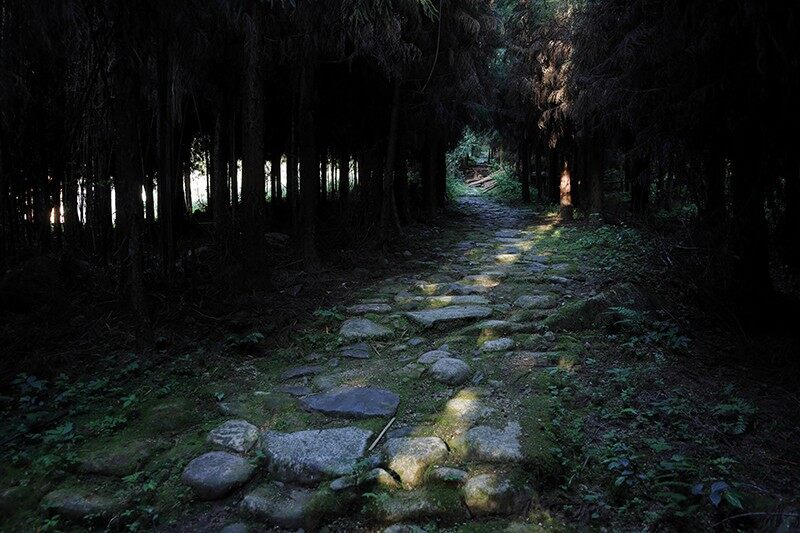
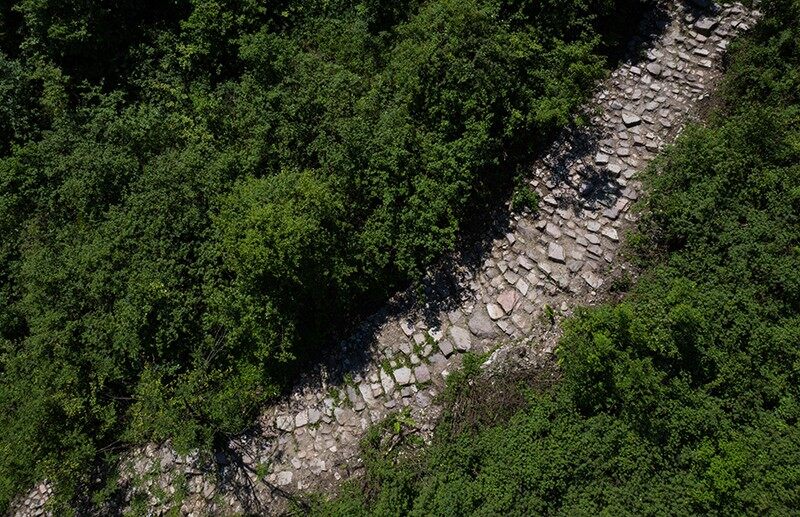
The ancient tea-horse road originated from the ancient tea-horse market in the southwestern frontier, flourished in the Tang and Song Dynasties, flourished in the Ming and Qing Dynasties, and was most prosperous in the middle and late World War II. However, there are more than one ancient tea-horse road in history, divided into three main trunk lines of Qinghai-Tibet, Sichuan-Tibet and Yunnan-Tibet, and countless small branch lines and auxiliary lines, connecting 6 provinces and regions including Sichuan, Qinghai, Yunnan and Tibet, and more than 20 ethnic regions. , Extending to countries in South Asia, West Asia, Central Asia and Southeast Asia, forming a huge network of cultural and economic exchanges, carrying rich cultural connotations, and witnessing the long history of the harmonious and friendly exchanges between Han, Tibetan and other ethnic groups for thousands of years history.
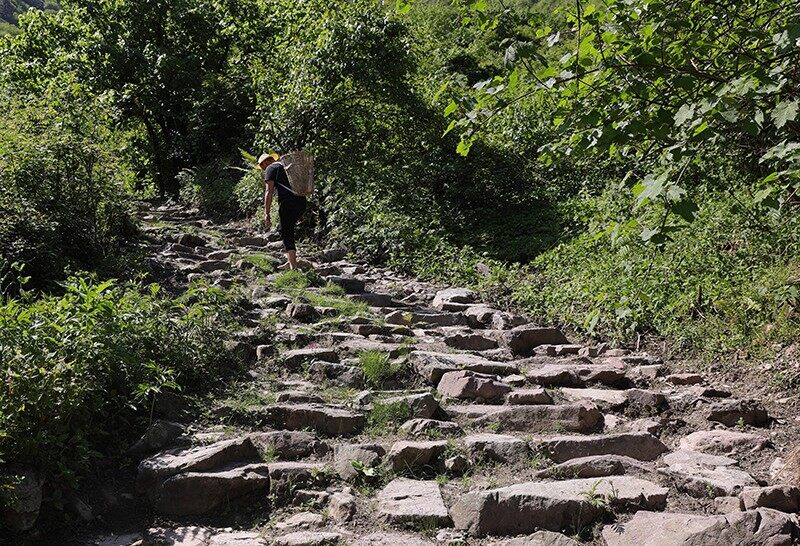
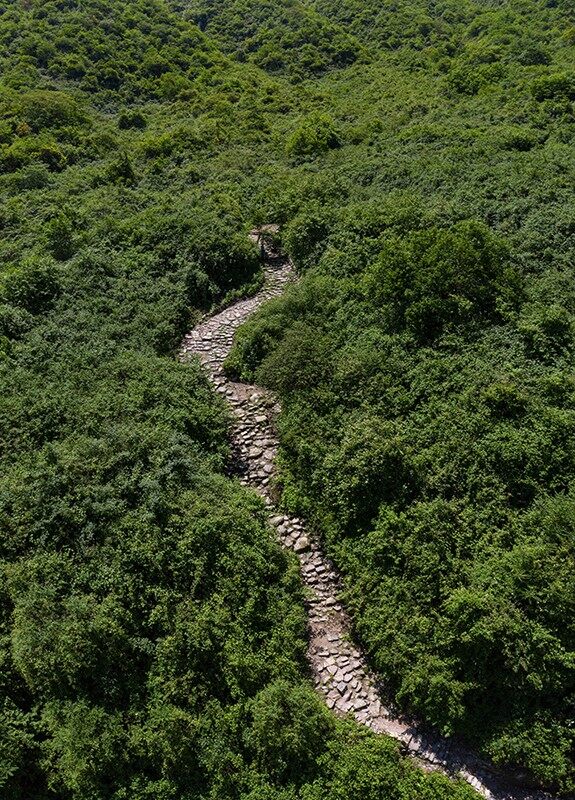
Qinghai-Tibet Line Ancient Tea Horse Road: From the west of Chang'an County, through Gansu, to Qinghai, across Riyue Mountain, through Dahe Dam, to the source of the Yellow River (developed earlier, Xing Yu Tang). The reckless Kunlun and vast expanse of grassland will shock you, shake your heart, a feeling of natural rise and transcendence of self, which will surely accompany your long and long journey.
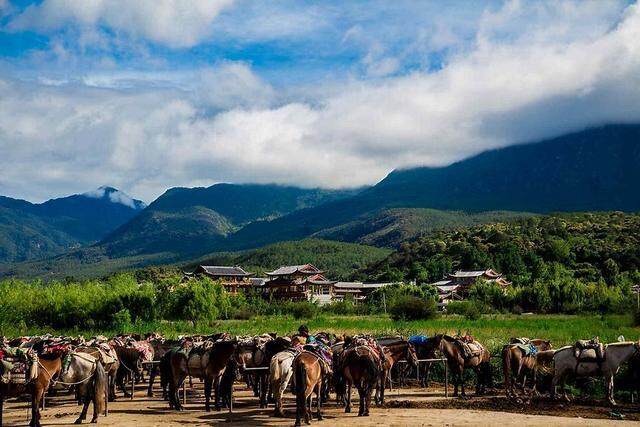
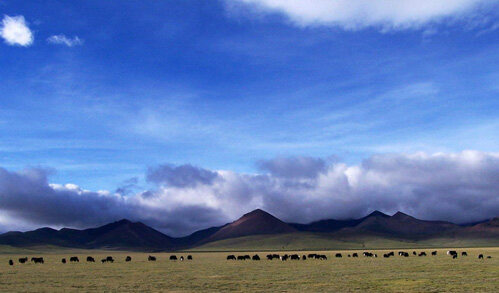
Sichuan-Tibet Line Ancient Tea Horse Road: Starting from today's tea production area in Ya'an, Sichuan Province, it first enters Kangding. Since Kangding, Sichuan-Tibet Road has been divided into two south and north branches. North line: from Kang to north, via Daofu, Luhuo, Ganzi, Dege, Jiangda, arrived in Changdu (that is, the north line of Sichuan-Tibet Highway), and then from Changdu to Weizang area; South line: from Kang heading south, passing Yajiang, Litang, Batang, Mangkang, Zuogong to Changdu (that is, the south line of Sichuan-Tibet Highway), and then from Changdu to Weizang area (Sichuan-Tibet line has the most influence and is most famous).
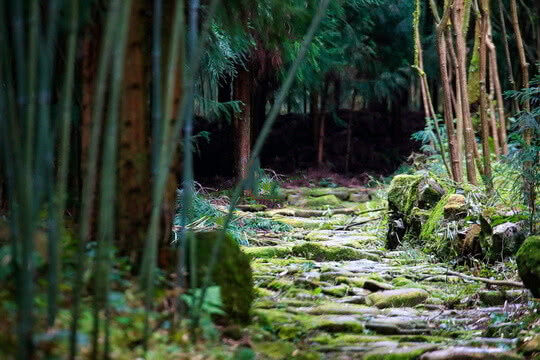
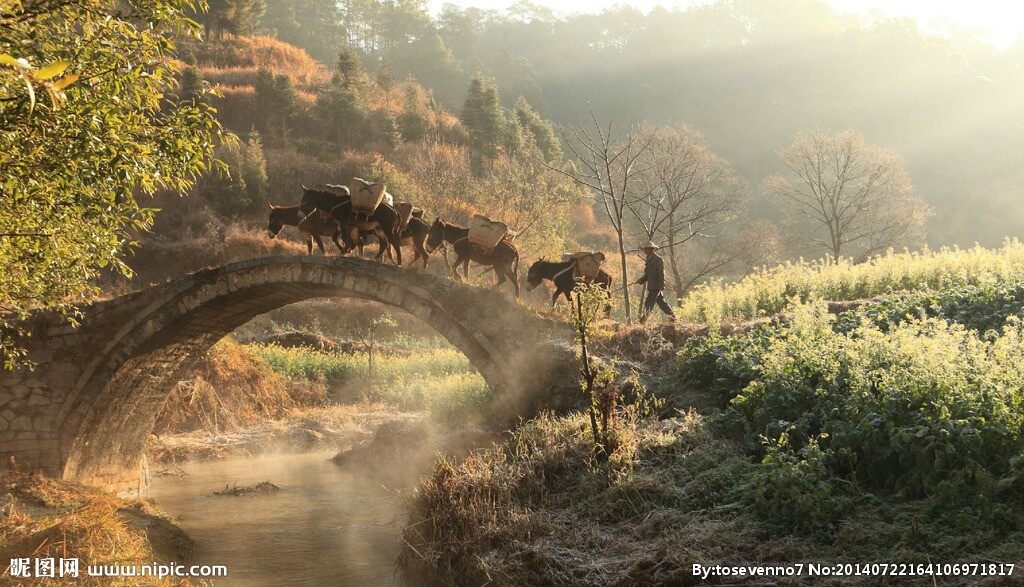
A quiet ancient road with fragrant tea. A clear shout broke the mountain's silence, and a team of husbands walked slowly on the silent mountain road, and the loud horn accompanied them to the distance.
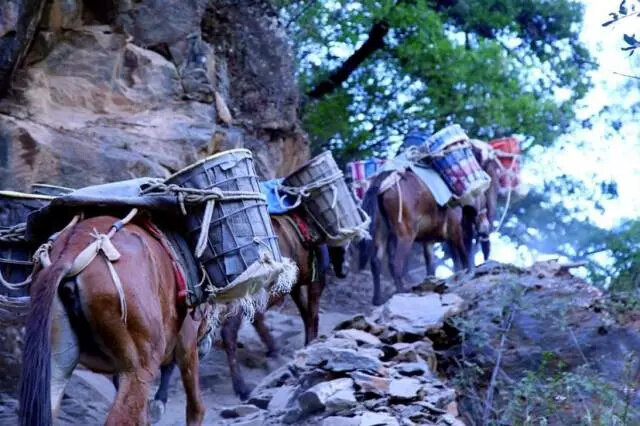
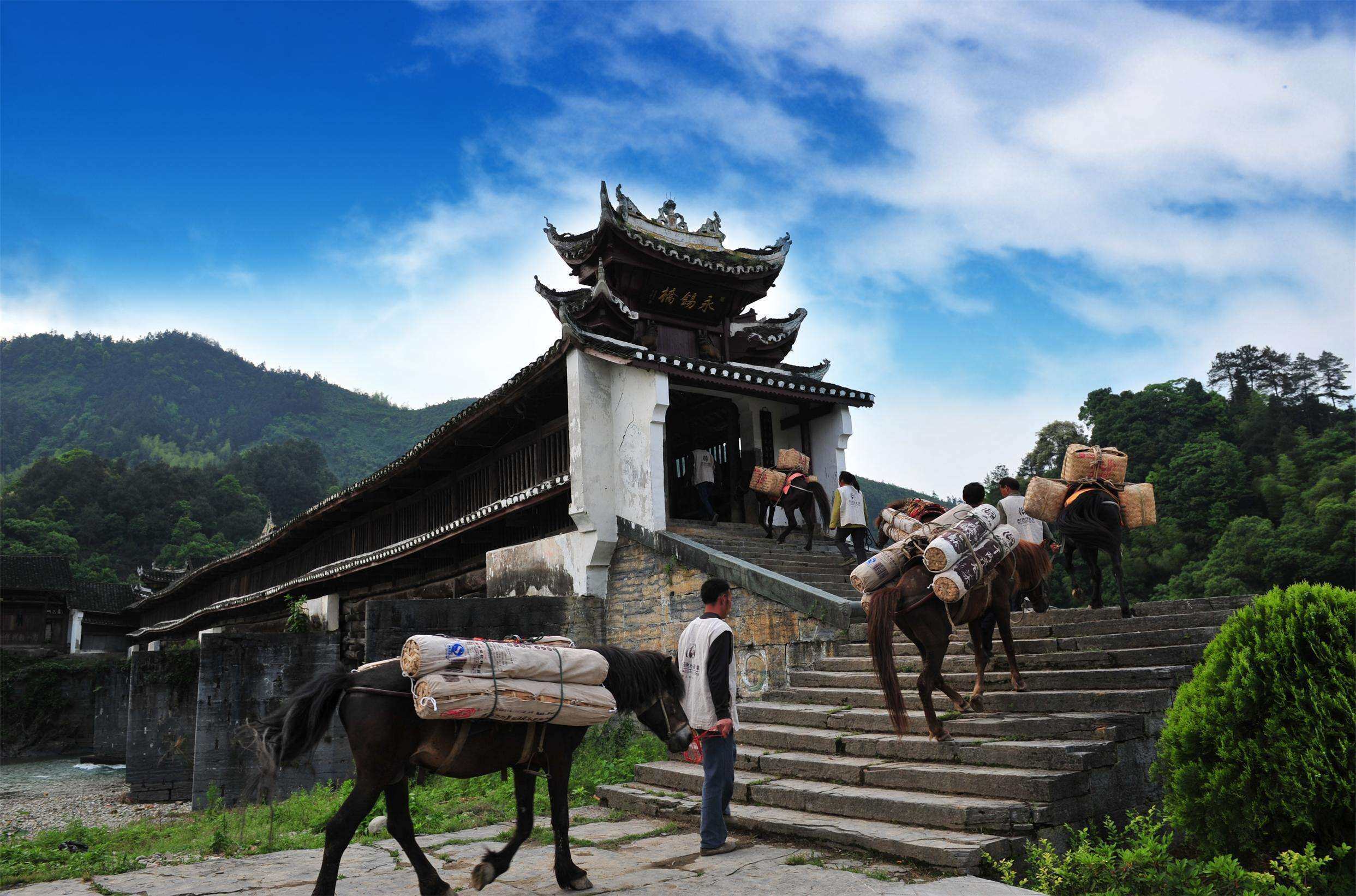
Ancient Tea-Horse Road on the Yunnan-Tibet Line: From the tea-producing area along the Erhai Lake in western Yunnan, through Lijiang, Zhongdian, Deqin, Mangkang, Chaya to Changdu, and then from Changdu to the Weizang area. The mountains and the sea are always at a height of four or five kilometers; the water is as thrilling and changeable as the turbulent Lancang River and Tiger Leaping Gorge.
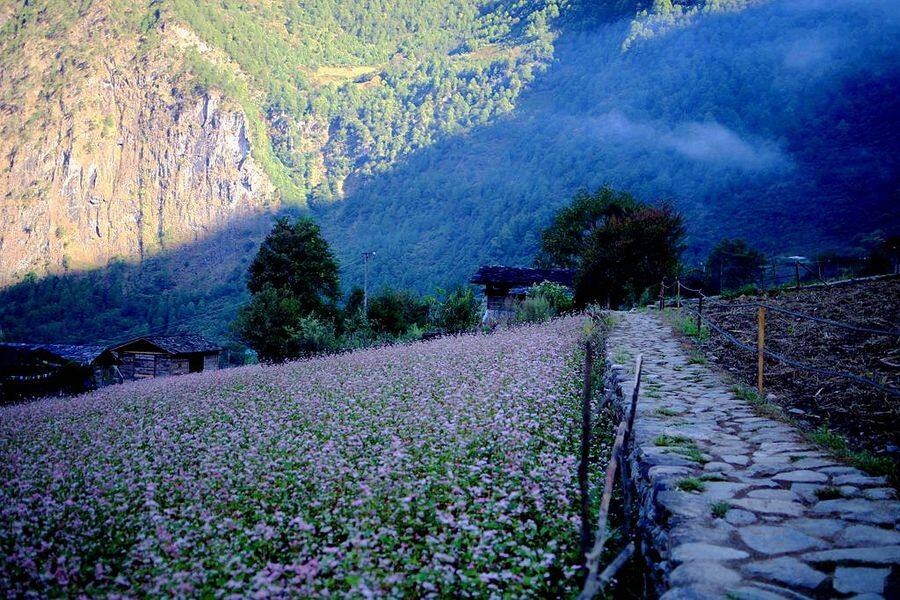
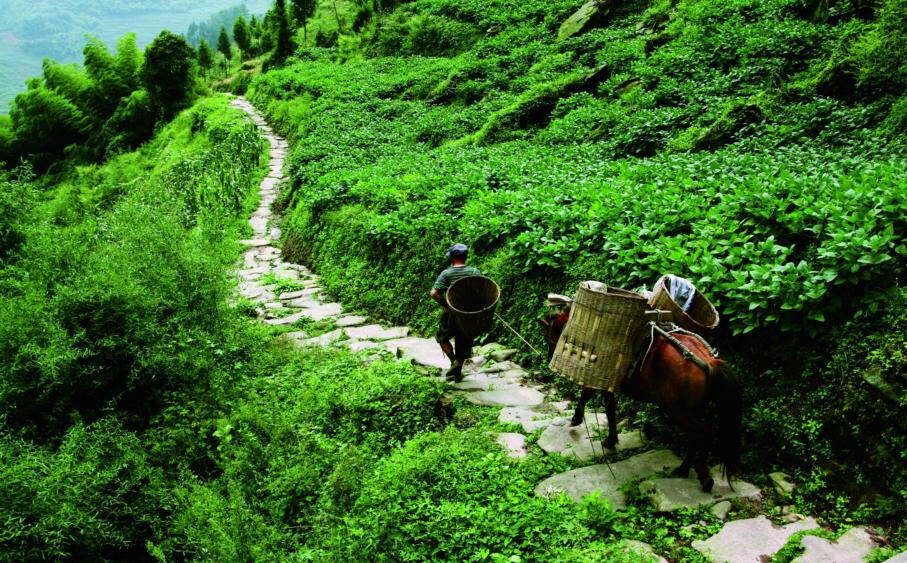
An ancient tea horse road, strung with countless bright pearls.
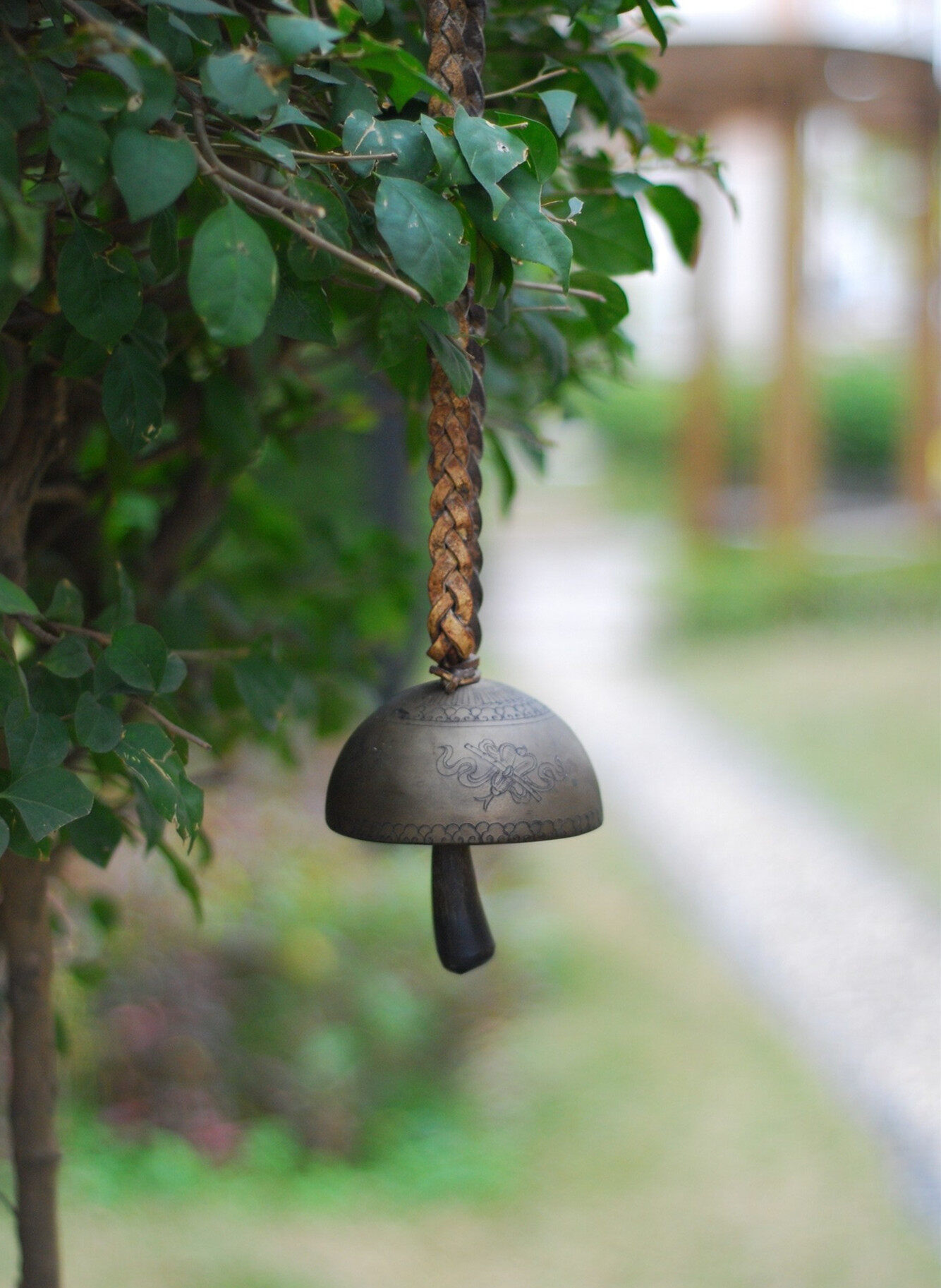
Now, on the ancient tea horse trail created by the ancients thousands of years ago, the gangs of horses disappeared, the crisp and melodious camel bells went away, and the aroma of tea grass floating in ancient times also dissipated. However, the ancestor footprints and horseshoe marks imprinted on the ancient Tea Horse Road, as well as the inextricable memories of ancient times, turned into a lofty national entrepreneurial spirit for the descendants of China. This endless fighting spirit will be carved into an eternal monument in the history of the development of the Chinese nation. Editor / He Yuting
Comment
 Praise
Praise
 Collect
Collect
 Comment
Comment
 Search
Search


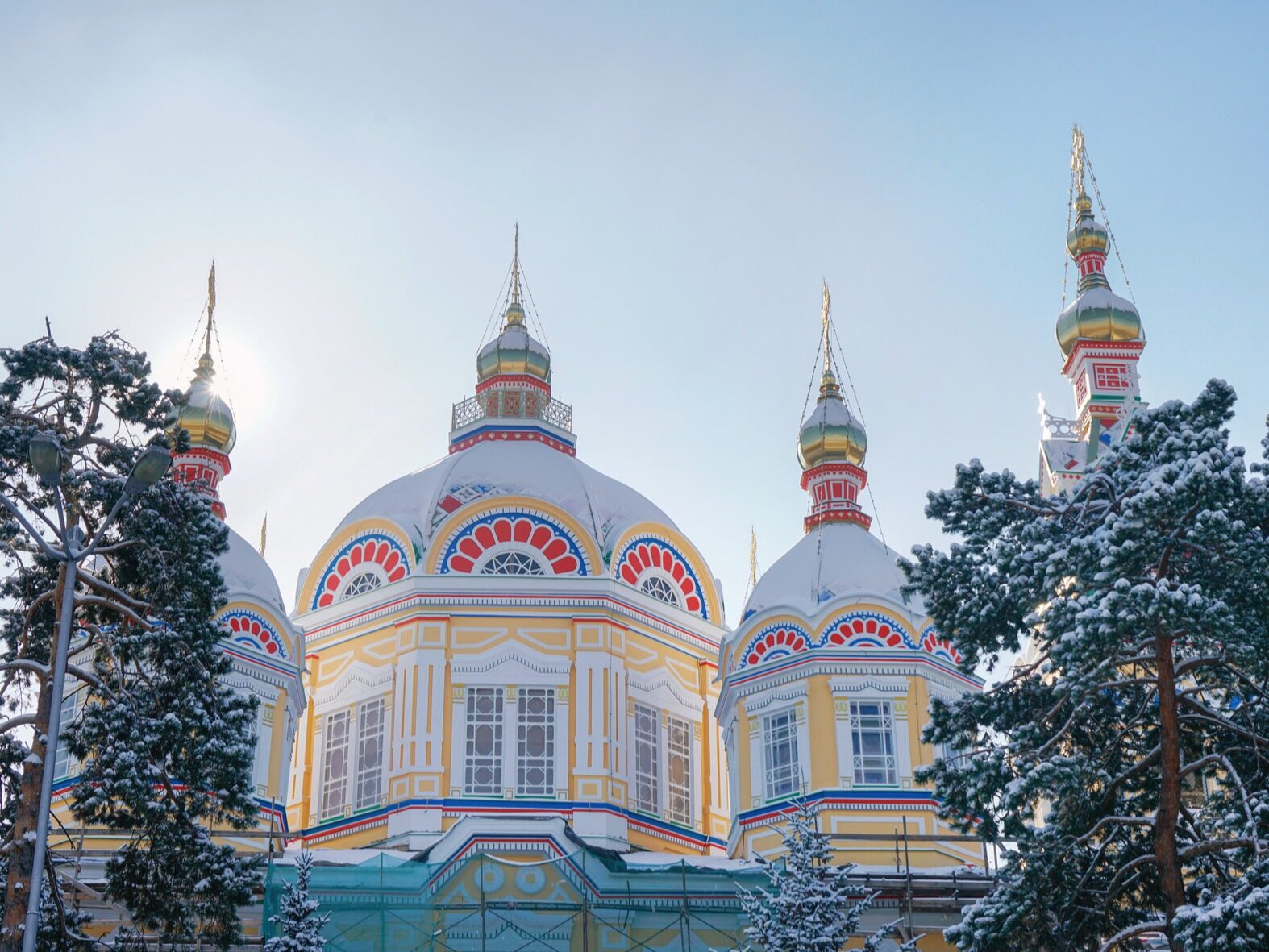



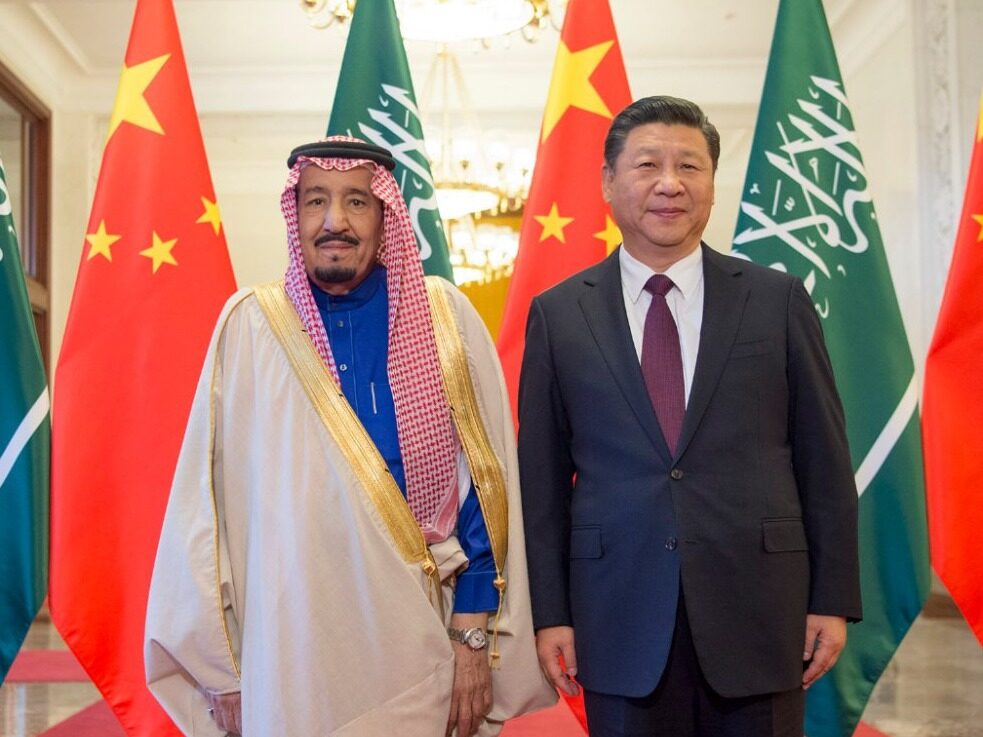
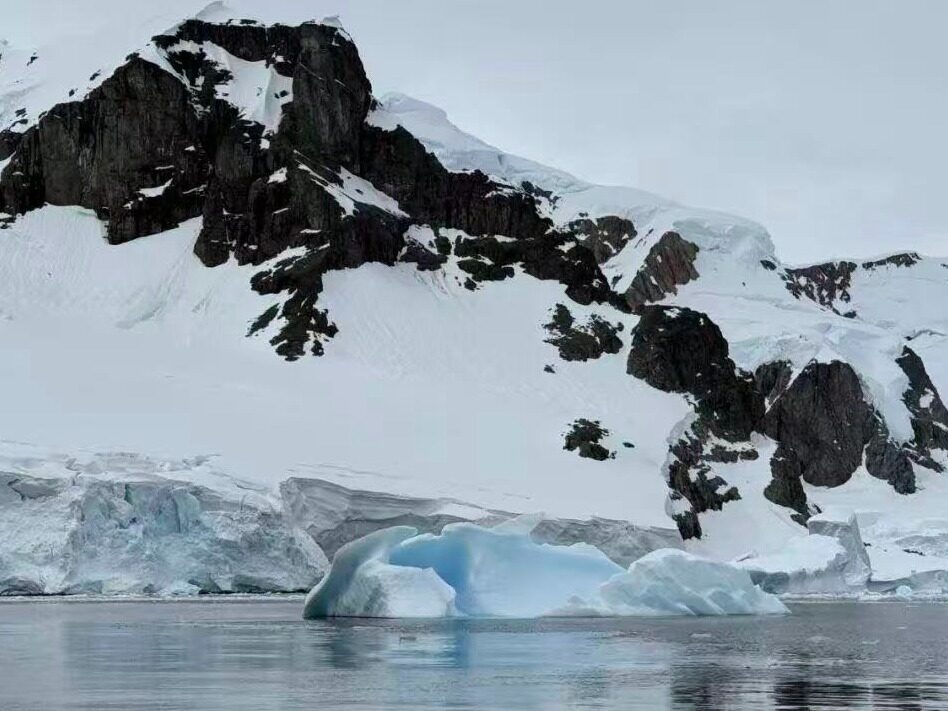






Write something~